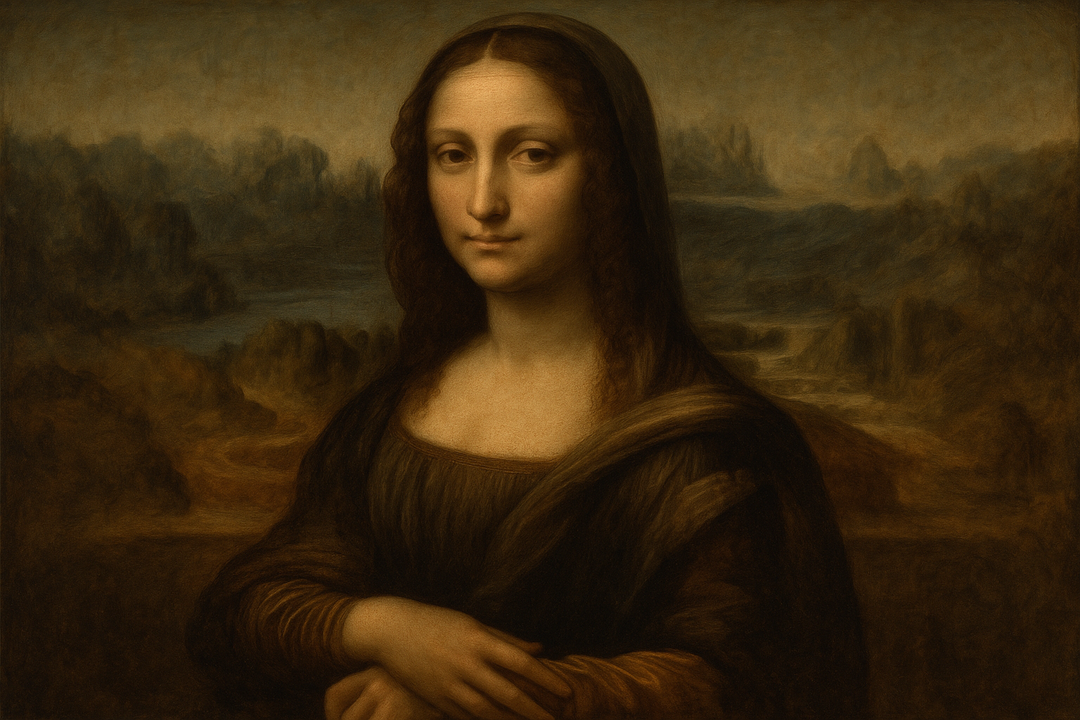Key Takeaways
- Sublimation requires specific temperatures (380-400°F per Sawgrass guidelines) and minimum 65% polyester content substrates
- Unlike DTG or screen printing, sublimation creates molecular-level permanent bonds
- Industry leaders like Sawgrass and Epson provide certified equipment and technical support
- Market projected to reach $25.52 billion by 2030 with 11.3% CAGR (Grand View Research methodology)
What is Dye Sublimation Printing?
Dye sublimation printing is a digital printing method that uses heat and pressure to transfer dye directly into substrate fibers, creating permanent, vibrant prints. According to industry research, this technology has revolutionized custom printing applications across textiles, hard goods, and promotional products.
Unlike traditional printing methods that sit on top of materials, sublimation transforms solid dye particles into gas, which then bonds at the molecular level with polyester fibers or polymer-coated surfaces. This process, defined by the scientific community, skips the liquid phase entirely—hence the term "sublimation."
Comprehensive sublimation tutorial covering everything beginners need to know
The Complete Sublimation Process: Step-by-Step

Professional heat press applying sublimation transfer with proper temperature and pressure settings
Essential Equipment Requirements
Successful sublimation printing requires specialized equipment that can maintain precise temperature and pressure parameters. Just as contemporary art prints require high-quality papers and inks for lasting beauty, sublimation demands professional-grade tools:
- Heat Press: Commercial-grade presses maintaining 380-400°F with medium pressure (40-50 PSI)
- Sublimation Printer: Sawgrass Virtuoso series or Epson F-series with sublimation ink systems
- Transfer Paper: High-release sublimation paper with proper coating weight
- Protective Materials: Teflon sheets, heat-resistant tape, and protective paper

Professional sublimation studio showcasing essential equipment and workflow organization
Critical Technical Specifications
Industry-Standard Settings by Substrate
Polyester Textiles:
- Temperature: 380-400°F (Sawgrass official) | Time: 45-60 seconds | Pressure: Medium
- Minimum polyester content: 65% (Epson standards), optimal at 80%+
Ceramic/Mugs (Polymer-coated):
- Temperature: 380°F | Time: 180-240 seconds | Pressure: Medium-firm
- Example: HTW Sublimation Mugs specification sheets
Aluminum/Metal:
- Temperature: 400°F | Time: 90-120 seconds | Pressure: Firm
- Requires specialized metal sublimation coating
⚠️ Always follow your substrate vendor's datasheet. Parameters vary by coating thickness, humidity, and altitude.
Sublimation vs. Alternative Printing Methods
Understanding when to choose sublimation over other printing technologies is crucial for optimal results and cost-effectiveness. Much like choosing between abstract art prints and photography prints depends on your design goals, selecting the right printing method depends on your substrate and application needs:
| Method | Best For | Durability | Color Range | Substrate Limitations |
|---|---|---|---|---|
| Sublimation | Polyester textiles, hard goods | Permanent, fade-resistant | Full CMYK + specialty | Light colors, polymer-coated only |
| DTG Printing | Cotton garments, small batches | Good with pretreatment | Full color on white/light | Requires pretreatment |
| Screen Printing | Large runs, simple designs | Excellent | Spot colors, limited | Setup costs for low quantities |
| DTF Transfer | Any fabric type, dark colors | Very good | Full color + white ink | Thicker hand feel |
Key Takeaway: Sublimation excels for polyester substrates requiring permanent, vibrant prints, while DTG suits cotton applications and DTF offers versatility across fabric types.
According to Printwear & Promotion Magazine's technical focus, "sublimation's molecular bonding creates permanent integration with polymer substrates, resulting in prints that become an integral part of the fabric structure rather than a surface coating."
Color Management & Pre-Press Excellence
ICC Profiles and Color Accuracy
Professional sublimation requires precise color management to achieve consistent, predictable results. Sawgrass Color Management Systems and Epson ICC profiles ensure accurate color reproduction:
Color Management Checklist
- Monitor Calibration: Use hardware calibration tools (X-Rite, Datacolor) monthly
- ICC Profiles: Install manufacturer-specific profiles for each paper/substrate combination
- Soft Proofing: Preview final colors in design software before printing
- Test Strips: Run color accuracy tests with each new batch of paper/ink
- Ambient Lighting: Maintain consistent 5000K viewing conditions
Pre-Press Preparation Protocol
Essential Pre-Press Steps
- Substrate Verification: Confirm minimum 65% polyester content using burn test
- Moisture Control: Pre-press all textiles for 5-10 seconds to remove moisture
- Surface Preparation: Lint roll fabrics and clean hard substrates with isopropyl alcohol
- Humidity Check: Maintain 45-55% relative humidity in production area
- Transfer Paper Inspection: Check for wrinkles, tears, or coating defects
- Design Positioning: Use templates and guides for consistent placement
Pro Tip: Store transfer paper in original packaging until use. Exposure to humidity can affect coating performance.
Advanced Applications and Quality Results
Textile Applications

Professional sports jersey demonstrating sublimation's superior color vibrancy and detail reproduction
Sublimation excels in athletic wear, custom apparel, and soft signage applications where durability and color vibrancy are paramount. Like how bright bold colorful abstract art prints demand vibrant, fade-resistant inks, sublimation delivers exceptional color saturation that won't fade with washing. The process works exceptionally well on:
- Performance Fabrics: Moisture-wicking polyester blends for athletic wear
- Fashion Textiles: All-over printing for custom designs
- Home Textiles: Curtains, flags, and decorative fabrics
Hard Goods and Promotional Products

Specialized mug press ensuring even heat distribution for curved surface sublimation
Three-dimensional sublimation opens opportunities for customized promotional products and unique applications. The versatility rivals the range found in statement photography prints, offering endless creative possibilities:
- Ceramic Products: Mugs, tiles, and decorative items with polymer coatings
- Metal Substrates: Aluminum sheets and plates for outdoor signage
- Specialty Items: Phone cases, mouse pads, and custom awards
Large Format and Commercial Applications

Professional trade show display showcasing sublimation's capabilities for large format applications
Commercial sublimation printing serves industries requiring high-impact visual communications. Whether creating displays as impactful as contemporary cityscape wall art prints or bold graphics like geometric abstraction art prints, sublimation delivers professional results:
- Trade Show Graphics: Portable displays and backdrop systems
- Retail Environments: Point-of-sale materials and branded displays
- Architectural Applications: Interior design elements and acoustic panels

High-resolution aluminum sublimation print demonstrating exceptional detail and glossy finish quality
Limitations and Troubleshooting
Critical Limitations
- Substrate Requirements: Cannot print directly on 100% cotton or natural fibers
- Color Restrictions: No white ink capability—requires light-colored substrates
- Temperature Sensitivity: Heat-sensitive materials may be damaged
- Polymer Coating Dependency: Hard goods require specific coating formulations
Comprehensive Troubleshooting Guide
Image Quality Issues
🔧 Ghosting/Double Images:
- Cause: Transfer paper movement during pressing
- Solution: Secure with heat-resistant tape, check press alignment
- Prevention: Use proper paper positioning guides
🔧 Banding/Streaking:
- Cause: Clogged print heads, incorrect printer settings
- Solution: Run nozzle cleaning cycles, verify ICC profiles
- Reference: Epson maintenance procedures
🔧 Faded/Dull Colors:
- Cause: Incorrect temperature, expired inks, low polyester content
- Solution: Calibrate heat press, replace inks, verify substrate specs
- Testing: Use infrared thermometer for accurate temperature readings
🔧 Incomplete Transfers:
- Cause: Insufficient pressure, wrong timing, moisture in substrate
- Solution: Increase pressure incrementally, extend dwell time, pre-press substrates
- Standards: Follow Sawgrass pressure guidelines
Paper and Substrate Issues
⚠️ Transfer Paper Sticking:
- Cause: Excessive heat, insufficient cooling time
- Solution: Reduce temperature by 10°F, allow 30-second cooling
- Recovery: Carefully peel when warm, not hot
⚠️ Substrate Damage:
- Cause: Temperature too high for substrate coating
- Solution: Always follow substrate manufacturer datasheets
- Testing: Run small test pieces before full production
Industry Considerations and Cost Analysis
Investment and Operating Costs
While sublimation equipment requires higher initial investment than basic printing methods, the long-term benefits include reduced per-unit costs and premium pricing opportunities. Just as investing in canvas wall art quality materials ensures lasting beauty, professional sublimation equipment delivers consistent results:
- Lower Per-Unit Costs: No setup fees for short runs
- Reduced Waste: On-demand printing minimizes inventory
- Premium Pricing: High-quality results command better margins
- Equipment Longevity: Professional systems designed for high-volume production
Choosing Professional Service Providers
Editorial Note: When selecting professional sublimation service providers, industry research by Smithers emphasizes the importance of certified technicians, calibrated equipment, documented quality control processes, and comprehensive substrate testing protocols for consistent results.
Future Trends and Innovations
The sublimation industry continues evolving with emerging technologies and applications. Innovation in sublimation mirrors trends in contemporary art, where techniques like those seen in hard edge abstract art print paintings push boundaries of color and precision:
- Eco-Friendly Inks: Water-based formulations reducing environmental impact
- Expanded Substrate Options: New polymer coatings for unconventional materials
- Automation Integration: Workflow software streamlining production processes
- 3D Applications: Complex geometries and multi-surface printing capabilities
Frequently Asked Questions
Mastering Sublimation Excellence
Dye sublimation printing represents the pinnacle of digital printing technology for polyester substrates and polymer-coated materials. Success requires understanding the scientific principles, investing in quality equipment, and following precise technical specifications.
Whether you're considering sublimation for custom apparel, promotional products, or large-format applications, the technology's permanent results and vibrant color reproduction make it an invaluable tool for modern printing businesses. Like choosing the perfect mid-century modern inspired wall art prints for your space, selecting sublimation as your printing method requires understanding both technical requirements and aesthetic goals.
Ready to Get Started?
Begin with small test projects to understand your equipment's capabilities. Partner with experienced suppliers like Heat Transfer Warehouse for quality materials and technical support. Consider professional training programs offered by equipment manufacturers to maximize your investment.
The sublimation printing industry continues to evolve, offering new opportunities for creative expression and business growth. By mastering these fundamental techniques and staying current with emerging trends, you'll be well-positioned to capitalize on this dynamic technology's potential.













